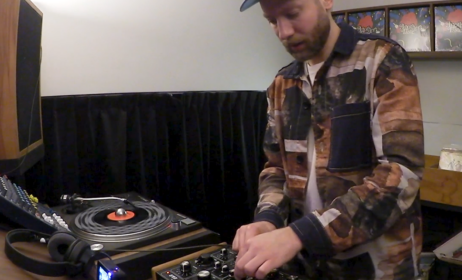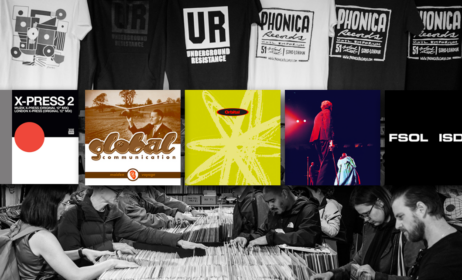Published on
June 16, 2017
Category
Features
A cassette label set up in Frankfurt in the ’70s to serve the homesick yearnings of Turkish immigrants in Germany, Uzelli Records documents a unique moment in European musical exchange.
From heavy synths to arabesque folk, the cassette artwork was as colourful as the music, and provides a visual introduction to a fascinating project.
With new compilation Uzelli Psychedelic Anadolu out now, we spoke to Metin Uzelli, the son of one of the founding Uzelli brothers about the history of the label and how it prided itself of delivering a piece of the homeland to those working abroad.
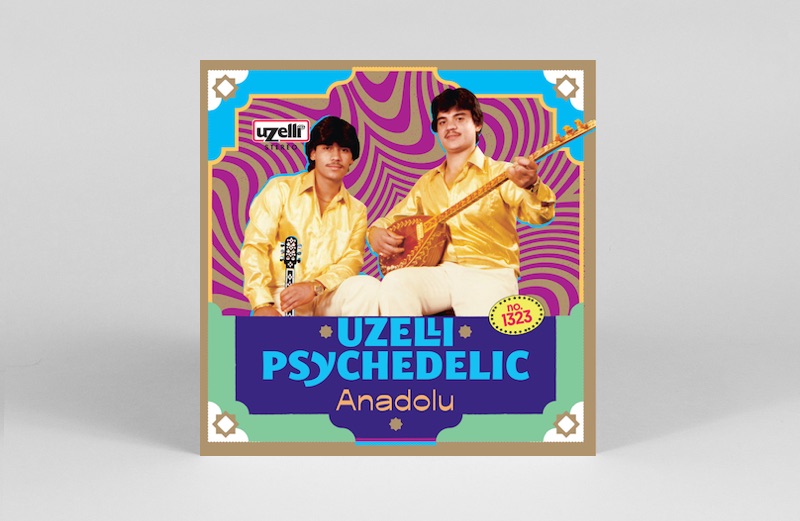
How did Uzelli Records begin? What was the aim of the label?
At the beginning of the ’70s, Uzelli started its business life with products aimed at the daily needs of the Turkish workers in Germany. Shortly after becoming a meeting point for the Gastarbeiters (visiting workers), it turned into a record company in order to meet the longing for the voice of the homeland. All along, the purpose was to respond to the material and spiritual needs with different products. After a while the record company became also a remedy for musicians who left the country due to political reasons.
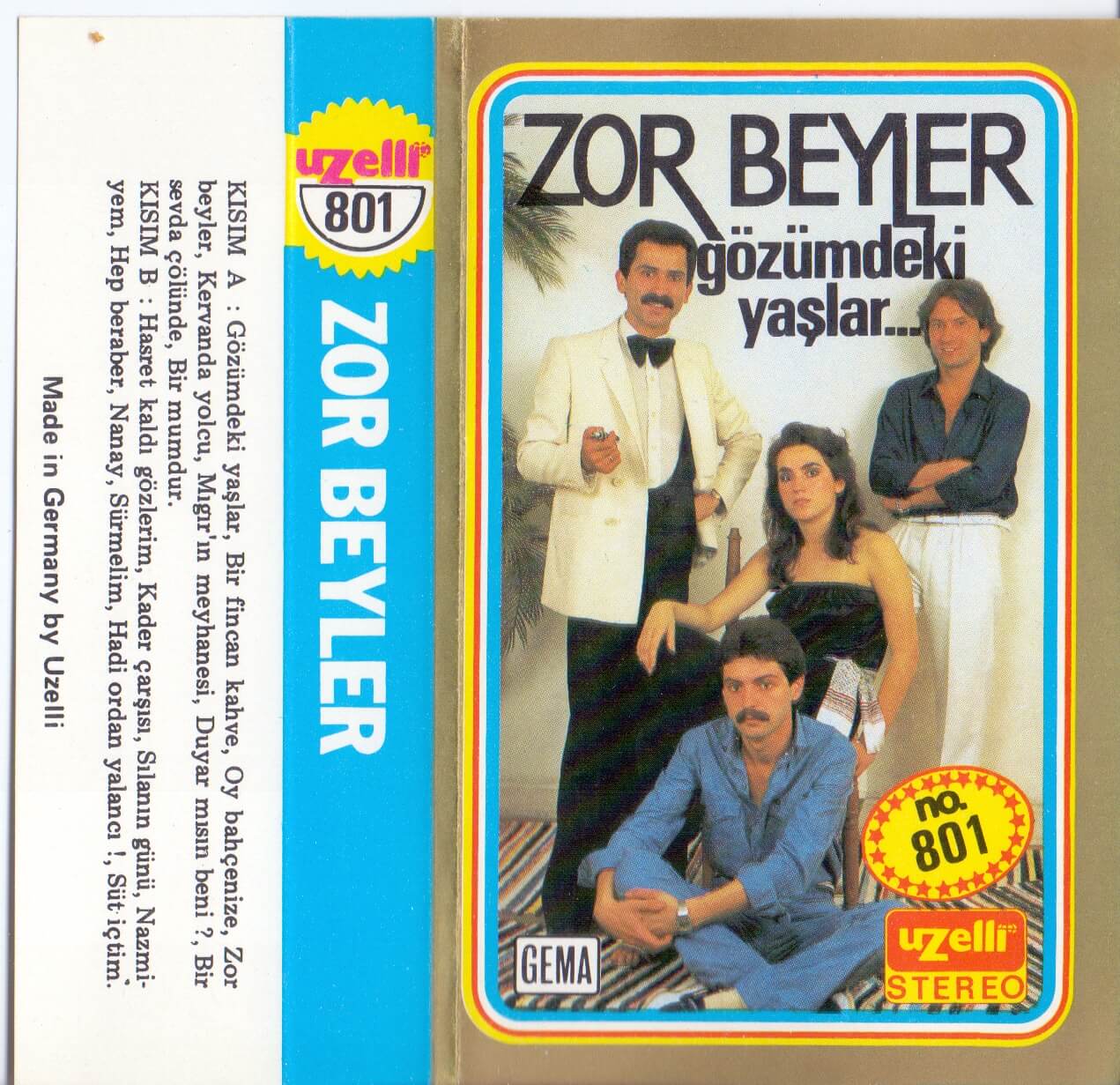
Regardless of the reason, it became the soundtrack of dark nights, grey mornings, weddings and the drinking tables of the Gastarbeiters, the ones who fell to gurbet (Gurbet: Absance from home. Gurbetçi: Expat, guest worker. Gurbet çekmek: Falling away from home and feeling homesickness as well as nostalgia of the homeland). At that time Uzelli responded to a necessity, now it takes upon the task to unravel the auditory consciousness of that period.
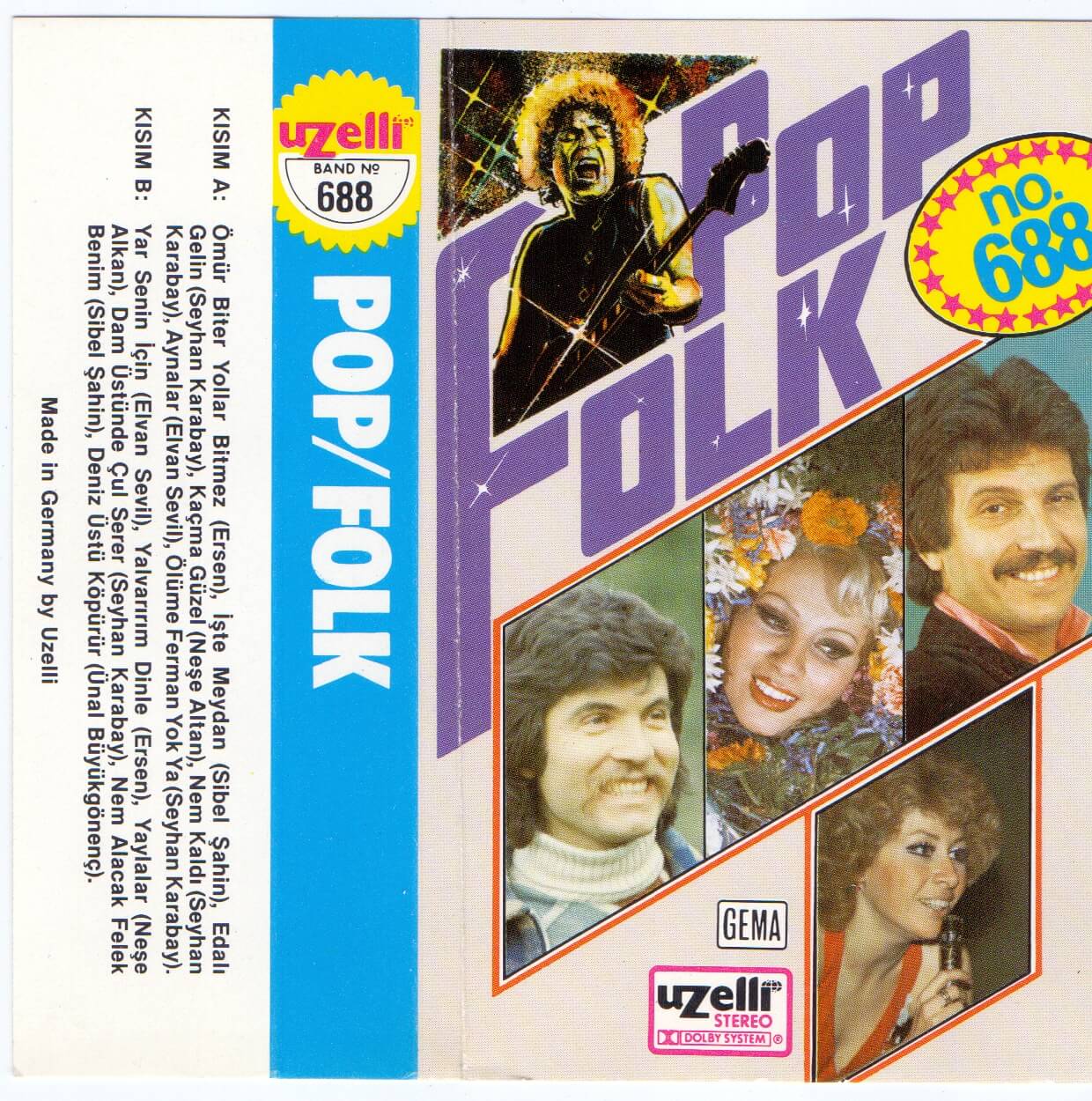
What was the musical direction of the label?
The record company had a wide variety of content from the ’70s to the late ’90s; from arabesque to folk, pop to religious music, to children’s tales… These were the only media that could be used by the Gastarbeiters to connect with their country when communication was limited. Apart from releasing well received music, the label was also able to incorporate all kinds of voice recordings into its catalogue that could respond to the demands of customers from different backgrounds. While initiating new productions on one hand, Uzelli was preparing special products for the Turkish producers on the other.
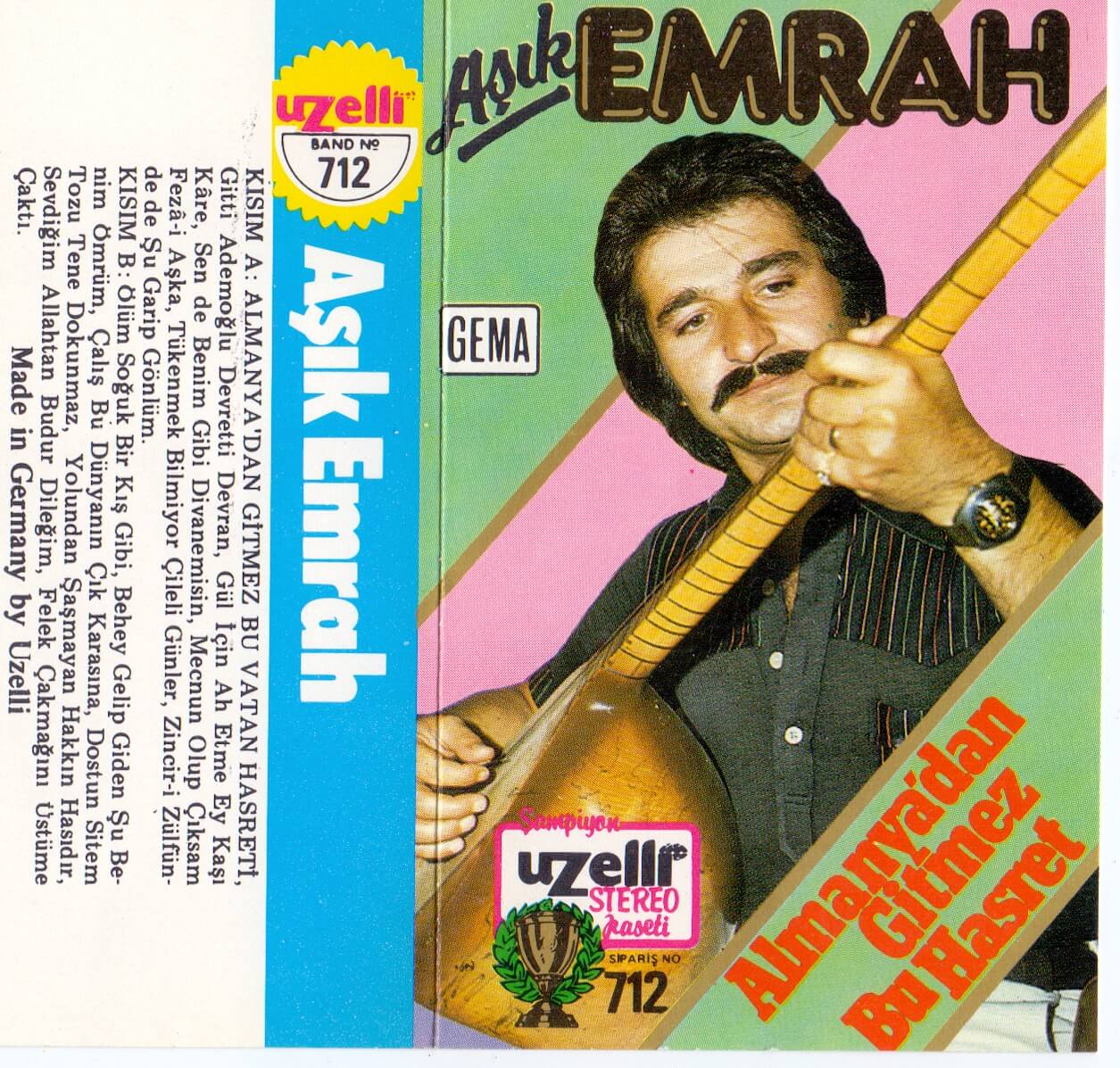
Arabesque, which harbour all the pains of poverty and homesickness, folk songs that remind the smell of the villages, pop arrangements that aspire to the music of the foreign land they now live in, rock derivatives, religious music or oyun havaları (dance tunes, festive music) to be played at celebrations when they visit their homeland… It would be right to say that, because of the location and the environment they serve, it’s a great selection made in 20 years from the productions in Turkey.

How did the music reflect the country and its changing political environment?
Pain. Hope. Complaint. I should have said a cry out instead of complaint but I can’t. We see that even those who have participated in the most radical activities at the edges of the political environment in Turkey are softened when they move away from home. I think this unyielding yet moderate stance stems from a longing for the homeland.

How influential were new electronic instruments in the music?
The happiest of times for the workers was when they visited their hometown with gift-packed suitcases. While catching up with their loved ones, they were proud to share new things with them. As for Gurbetçi musicians, they were excited to be able to reflect on new techniques, technologies, forms, and explore new areas within the field. Often musicians with access to such innovations are limited to the higher elite of a good level of education. However, in our case, we see that a wide range of songs from arabesque to folk, brave explorations yielded wonderful results. Brand new voices were recorded with the participation of foreign studios and foreign musicians.
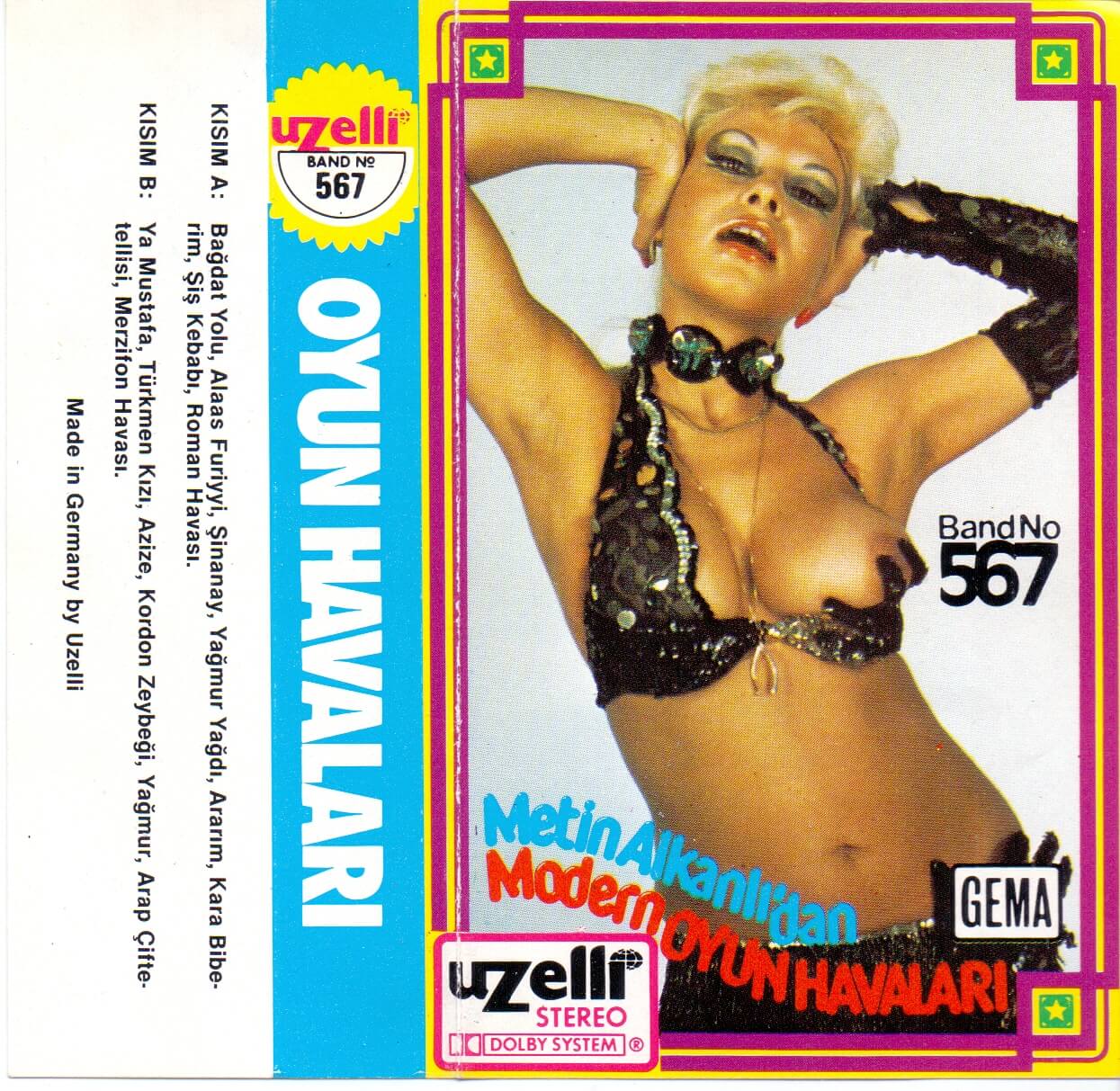
Who designed the cassette covers? Some were quite sexually charged…
Armağan Konrat, who had to leave the country due to his political views like many other talented artists in Turkey, designed the Uzelli logo to return a favour. Starting from that day until the mid ’80s, all printed material of Uzelli were prepared by Armağan. This service, which started as freelance in the beginning, became official in 1978 with the opening of Armağan’s graphic design office. From the logos of Uzelli, to newspaper advertisements, to the album covers, very valuable works were created in the whole branding world. There are very few record companies in the world that are famous for both their designs and their music. Uzelli is one of the rare brands that managed to achieve this in Turkey. Besides its broad world of music, Uzelli has preserved its originality thanks to the extraordinary vision of Armağan Konrat and has created timeless designs reflecting an era of political and sociological repression. As Uzelli, we are striving to remain faithful to the originality of the design world that was created by Armağan Konrat even today.
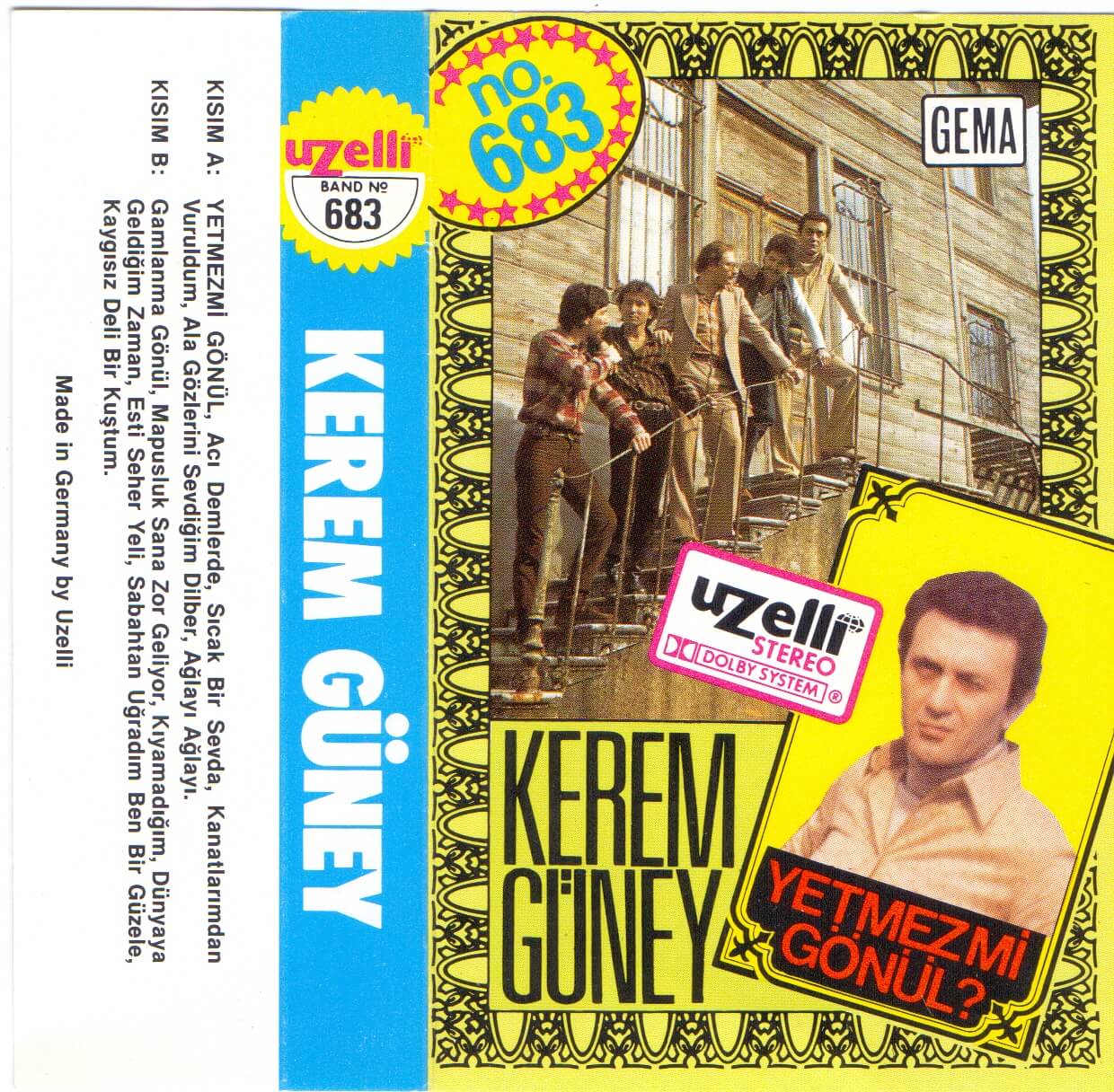
We can categorize the designs of the cassette tape covers in 4 main periods;
The first period is the when artist photos were cropped and placed over photos of Turkish landscapes.
The second period is the period of elaborate fonts and wonderful frames, each carefully drawn. We also see the use of extra pantone gold in order to contribute to the quality in this period. We can say that this is Uzelli’s peak period in terms of design.
The third period defines the period when the production accelerated and the extra pantone gold colour frame was set as a standard.
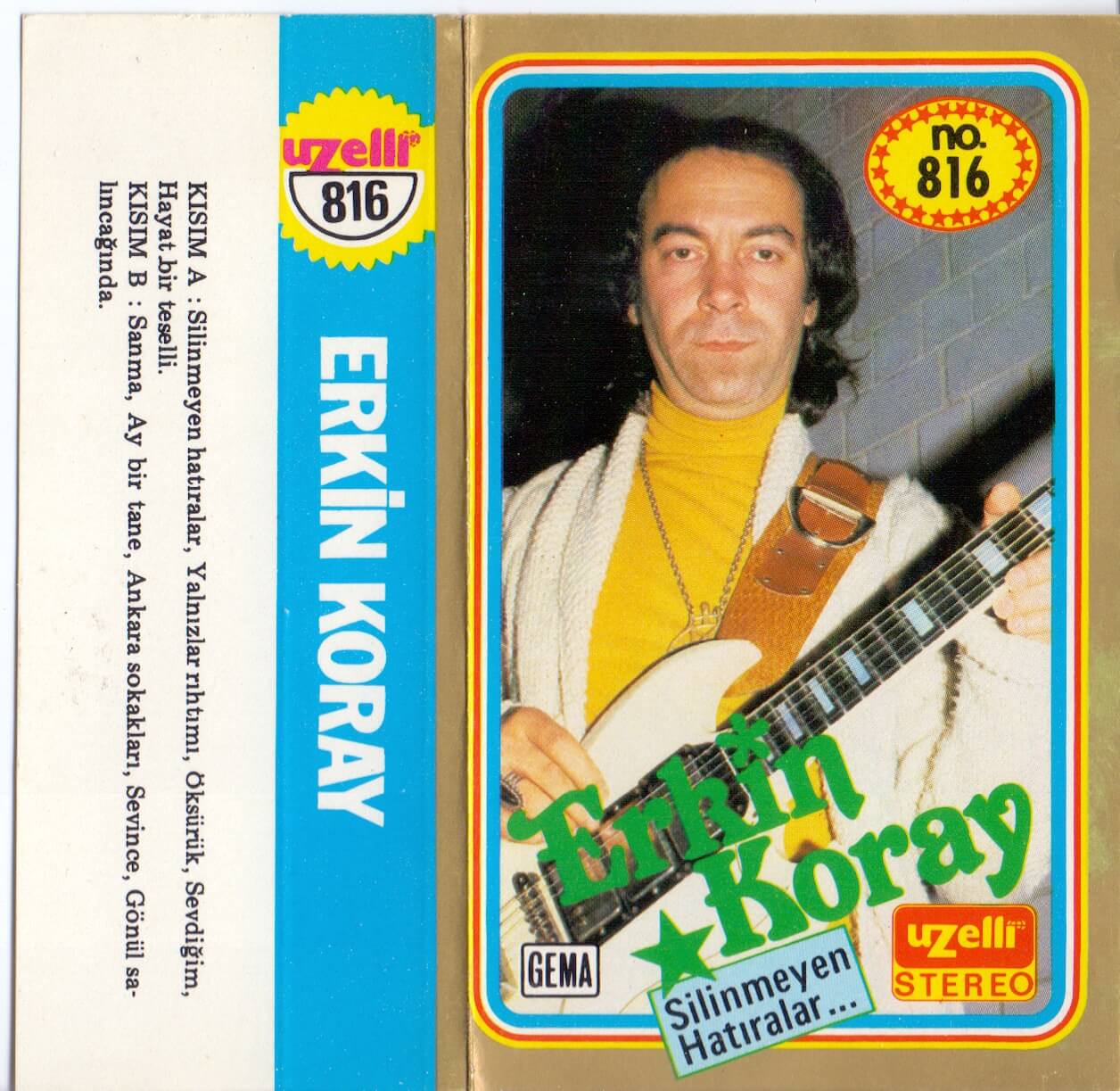
The post-87 period is when Armağan Konrat was now separated from the company after its move to Istanbul. This is a period full of aesthetically weak, even ugly examples. During the first three periods, all of the Uzelli cassettes were printed with an orange label and a light blue back colour.


